Even before the recent popularity of best-selling author and Netflix star Marie Kondo and her KonMari method of tidying up, there has been a growing curiosity and desire among us “Westerners” in North America to adapt ancient Eastern philosophies to our modern, stress-filled lives that would bring about calm and contentment. As a result, Feng Shui Masters are becoming sought-after consultants for higher-end clients building their homes from scratch as well as those wishing to incorporate some of those core principles into their existing homes.
California native Melissa Leib has been studying Feng Shui since 1992, when she was teaching English in Japan. In addition to running a successful, multi-generational lighting sales agency (Leib & Associates) she is a professional member of the International Feng Shui Guild and a certified Feng Shui consultant who combines traditional Feng Shui principles with a Western perspective to architecture, property layout, and land location.
While it is important to note that Feng Shui is a fairly complex system if you were to embrace its practice fully into your life, there are some key aspects that anyone – from homeowner to apartment renter – can incorporate into their residence to achieve a more balanced living space by enabling a better flow of energy within.
Love It or Lose It
Leib points out that Marie Kondo’s approach of decluttering our living spaces as much as possible and keeping only those things that “spark joy” has a lot in common with Feng Shui. Clutter is the bane of any effort to bring a sense of comfort and serenity into the home. Any initiative to declutter your main living areas is time well spent. “Keep clutter off the floor and don’t cover every surface with things,” Leib advises.
“If you can’t think straight or lose your train of thought often, you might have too many things in your house,” she says, noting the Feng Shui perspective. “With many people who have trouble focusing, their home is out of balance,” she adds. “Just as you wouldn’t want a lot of ‘clutter’ in your mind, the same holds true for your home. A clean, minimal space with things that you like in it – not what your interior designer likes or chose for you – is ideal.”
The Basics
There are five elements in Feng Shui – fire, earth, metal, water, and wood – and each corresponds to a different direction and color. The element of Fire is linked to the color red and a Southern direction; Earth is associated with the color yellow and the Northeast and Southwest; Metal is considered white in color and corresponds to the West and Northwest; Water is typically depicted as blue or black and in a Northern direction; and the Wood element is represented by the color green and the East and Southeast. If you’re looking to add some balance to a room, try incorporating elements of each material or color into the corresponding area.
For the main living space, plants are a good thing to have. “They’re good oxygenators that clean the room,” she explains. The type of plant matters. Leib recommends a “money” plant with soft leaves you can touch. “It shouldn’t have sharp points like cactus,” she advises. (An internet search of “money plants” will guide you to a variety of suitable choices.) If possible, put the plant(s) in the Eastern or Southeast portion of the room. “That’s the area of wood. A money plant – or bamboo plant – near your front door is also thought to bring good luck,” she says, adding, “You might notice that in a lot of Asian restaurants, there is a cat statue or a money tree in the Southeast part of the space.”
And just like clutter is not desirable overall, it also translates into having too much of a good thing in Feng Shui. “Too much of any element doesn’t help, such as having 10 money trees,” Leib comments. When there is an over-abundance of any element, the space becomes unbalanced.
Light Is Essential
In Feng Shui, light represents the fire element for obvious reasons, and it literally and figuratively is associated with energy. Keeping in mind the fundamental idea of balance, lighting a space evenly and with the same intensity is important in promoting feel-good vibes and serves to replenish our own energy reserves.
The year 2021 – which is a Yin Metal Ox year, according to the Chinese zodiac – is one where you want to keep the lights on in the Northern part of your room or house, according to Leib. “Having lights on 24/7 for 2021 (or on as much as possible) is important because artificial light represents sunlight, and this year we need to balance the North out with more light,” she notes. Whether the light comes from natural sunshine or artificial means does not make a huge difference. “Of course, natural light is always better, but in the absence of that, artificial light is ok. It will still energize and re-invigorate the space — especially if it’s a quiet space. You can wake it up by adding light.”
How to Achieve Balance
When you think of the various elements in Feng Shui – fire, metal, wood, water, and earth – it might seem difficult to find items for your home that engender these qualities…but think again. Wood might be the easiest to imagine as a material, but the colors green, blue, and teal all represent the wood element and can be used as paint on walls or on decorative accents in the room. Houseplants are also in the wood category.
Wood element recommendations: Arteriors Linden floor lamp, Uttermost Reine tray, Kichler Montauk pendant, Hunter Dublin ceiling fan, Currey & Company Shasta table lamp
Conversely, if you have a lot of wood in one spot, Leib suggests balancing out that overabundance with a metal object with no sharp points – a floor lamp or task lamp can easily apply – or earth elements such as a brickwork fireplace or accent wall, clay pottery, ceramic plates and vases, or a porcelain table lamp.
Metal element recommendations: Savoy House Dansk sconce, Trade Winds Lisa pendant, Maxim Anvil floor lamp, Cyan Design container, Cyan Design Vesuvius bowl
Earth element recommendations: Uttermost Racimo table lamp, Millennium R Series angle shade, Cyan Design Petalouda candle holder, Cyan Design Rippled Shell vase, Arteriors Wheaton table lamp
Need some fire in your room? Besides a fireplace and candles, decorative accents in the color red can also serve this purpose.
Fire element recommendations: Varaluz Urchin pendant, Fanimation Urbanjet portable fan, Uttermost Cornell table lamp, Cyan Design Small Red Pod vase, Cyan Design Carnival vase
The water area of room (located in the Northern and/or Northwestern quadrant) is said to promote the flow of both conversation and money. Consider adding a tabletop fountain to literally bring a water presence into that area or a large mirror. Don’t forget that the colors blue and black represent this element and can be added through your choice of pillows, rugs, or lighting.
Water element recommendations: Savoy House Middleton chandelier, Kalco Vine mirror, Quoizel Evoke mirror, Cyan Design Peacock feather vase, Cyan Design Aurora decorative plate
In general, “People feel more at ease when a room is balanced,” Leib notes, adding, “I find that rooms where people are uncomfortable often have too much of one element in them.”
With the pandemic recently keeping everyone at home, there’s been more emphasis on seeking comfort. “People in this COVID time are feeling stuck,” Leib says. “They are paying more attention to their homes. It’s a good time to go through your home and assess how you can bring more balance to each room.”
LightsOnline offers lamps, chandeliers, mirrors, and more in a variety of materials that can help you create a more balanced home using Feng Shui principles.
Read more:

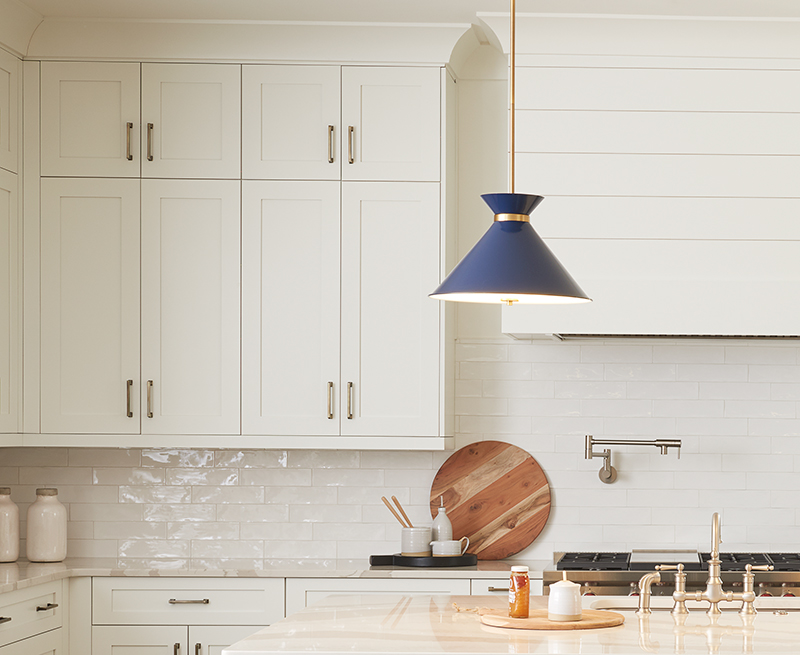
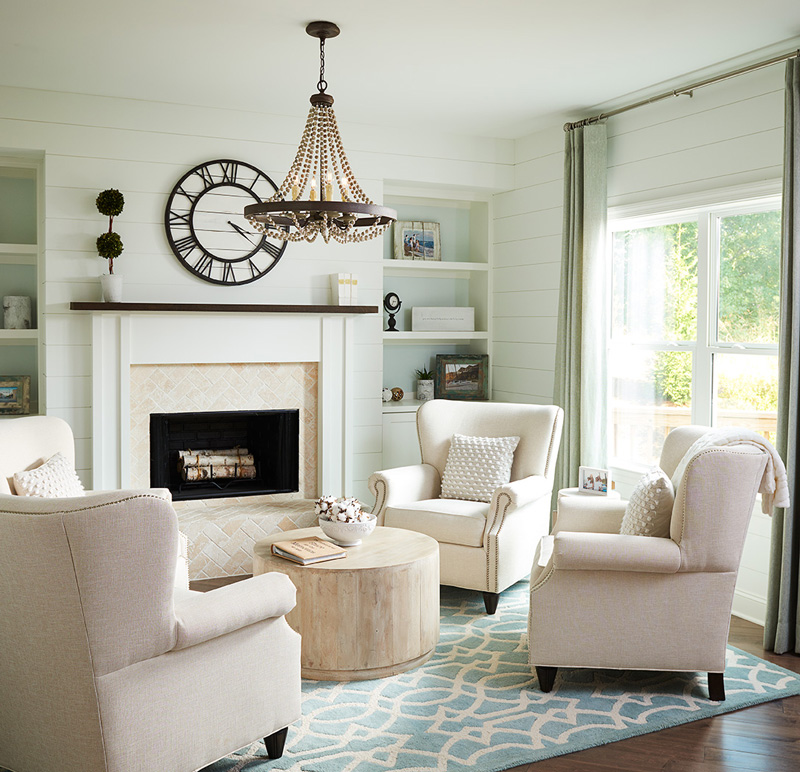
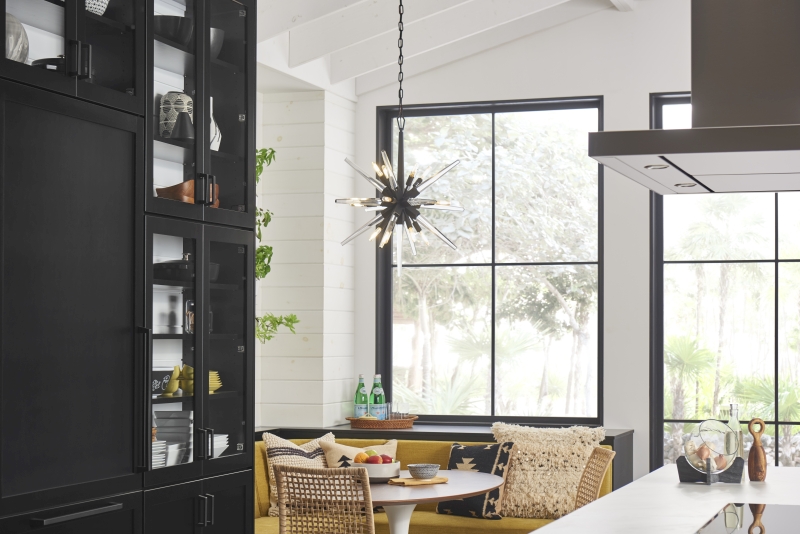
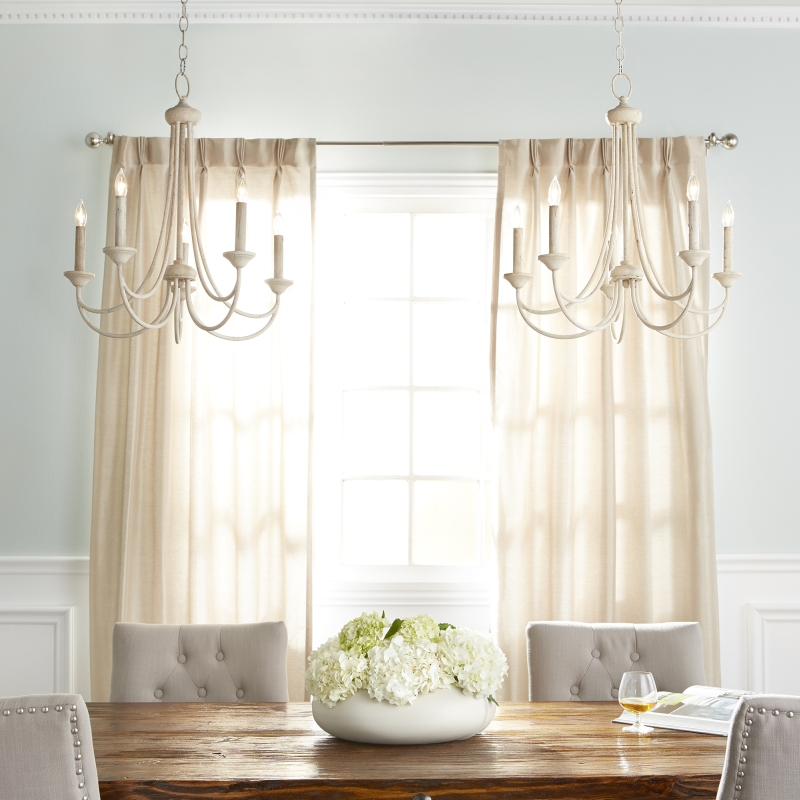
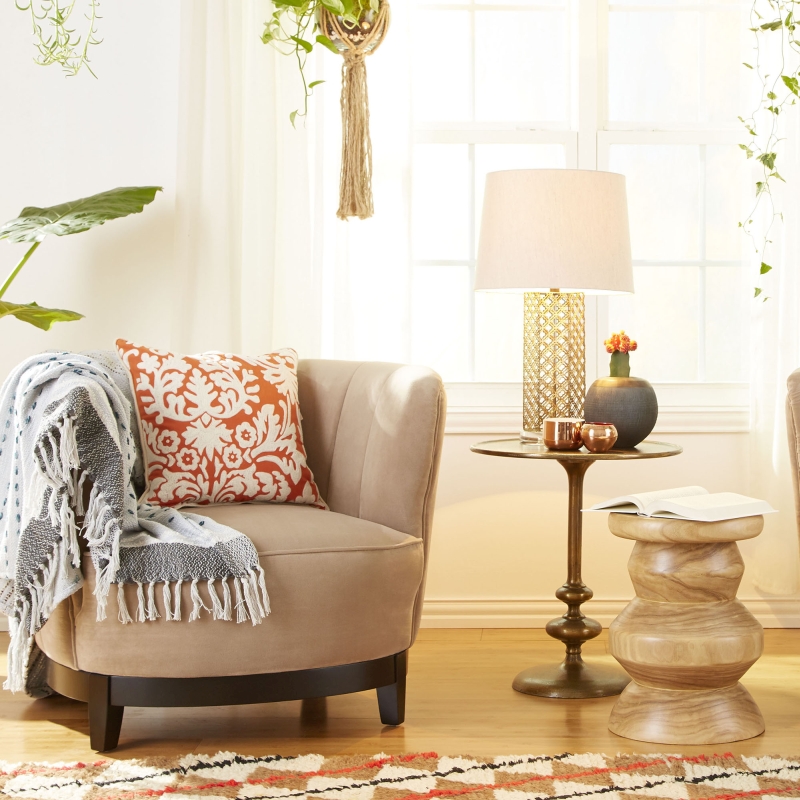



January 27, 2023
[…] Easy Feng Shui Tips for a Balanced Living Space […]